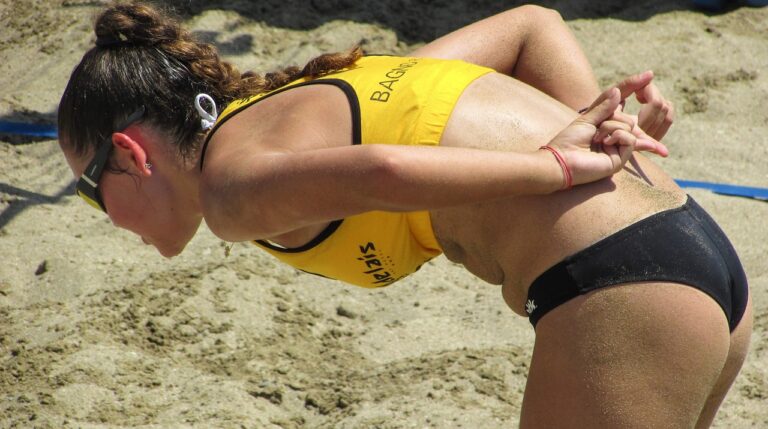Techniques for microvascular decompression surgery in trigeminal neuralgia: Betbook250 com, Reddy anna book online, Playlotus365 com
betbook250 com, reddy anna book online, playlotus365 com: Microvascular decompression surgery is a highly effective treatment option for patients suffering from trigeminal neuralgia, a debilitating condition characterized by severe facial pain. This procedure involves identifying and relieving the compression of the trigeminal nerve by surrounding blood vessels through a surgical approach.
Here are some techniques used in microvascular decompression surgery for trigeminal neuralgia:
1. Anesthesia: Before the surgery begins, the patient is placed under general anesthesia to ensure they are unconscious and pain-free throughout the procedure.
2. Positioning: The patient is positioned on their side or back, depending on the surgeon’s preference and the location of the compression.
3. Craniotomy: A small hole is made in the skull behind the ear to access the trigeminal nerve at the base of the brain.
4. Microscope: A powerful microscope is used to magnify the surgical field, enabling the surgeon to visualize the tiny structures of the trigeminal nerve and surrounding blood vessels.
5. Teflon pads: Once the compression is identified, Teflon pads are inserted between the blood vessel and the trigeminal nerve to prevent further contact and relieve pressure.
6. Fixation: The Teflon pads are held in place with a small piece of muscle or other tissue to ensure they do not shift or move post-surgery.
7. Closure: The skull is closed with titanium plates and screws, and the incision site is sutured closed.
8. Monitoring: The patient is closely monitored post-surgery to ensure there are no complications or side effects.
The success rate of microvascular decompression surgery for trigeminal neuralgia is high, with many patients experiencing significant relief from their pain following the procedure. However, as with any surgery, there are risks involved, including infection, bleeding, and nerve damage.
FAQs
Q: How long does it take to recover from microvascular decompression surgery?
A: Recovery time can vary from patient to patient, but most individuals can expect to be in the hospital for a few days and then undergo several weeks of rest and rehabilitation at home.
Q: Are there any alternative treatments for trigeminal neuralgia?
A: Other treatment options for trigeminal neuralgia include medication, nerve blocks, and radiofrequency ablation. However, these treatments may not provide long-term relief for all patients.
Q: What are the potential risks of microvascular decompression surgery?
A: Risks of this surgery include infection, bleeding, stroke, hearing loss, and facial weakness. It is essential to discuss these risks with your surgeon before undergoing the procedure.
In conclusion, microvascular decompression surgery is a highly effective option for treating trigeminal neuralgia, offering long-term relief for many patients. By understanding the techniques involved in this procedure and the potential risks, individuals can make informed decisions about their treatment options.






